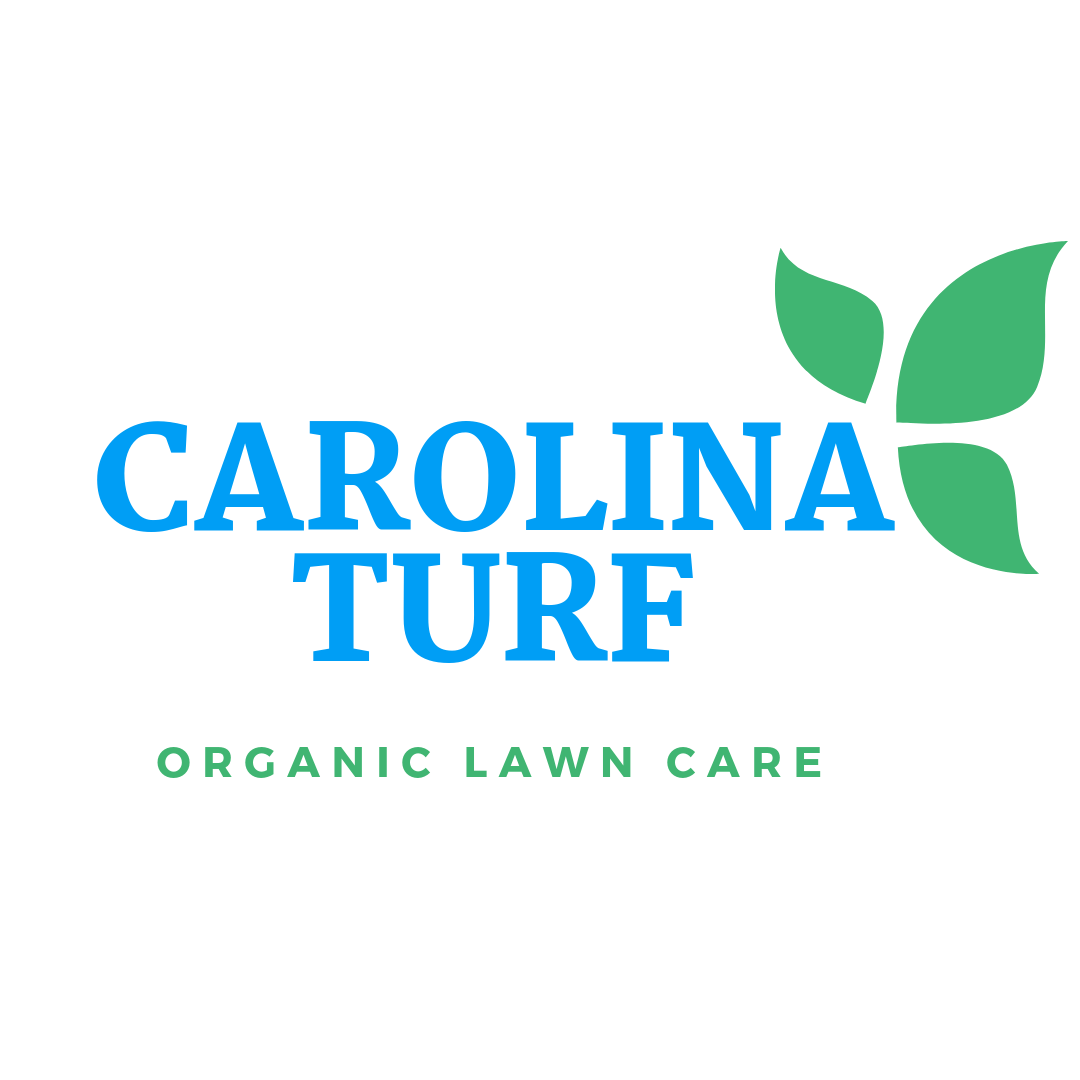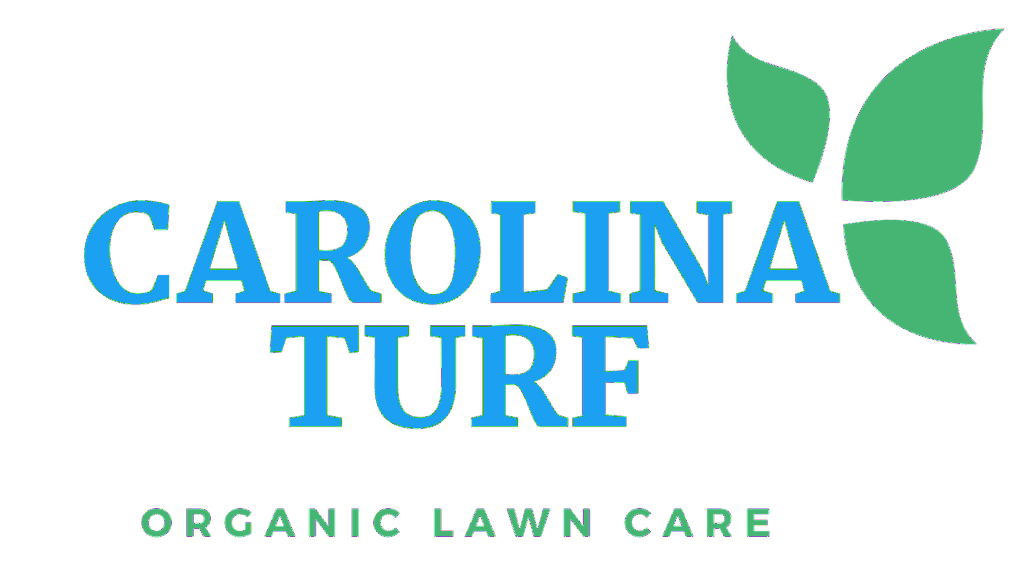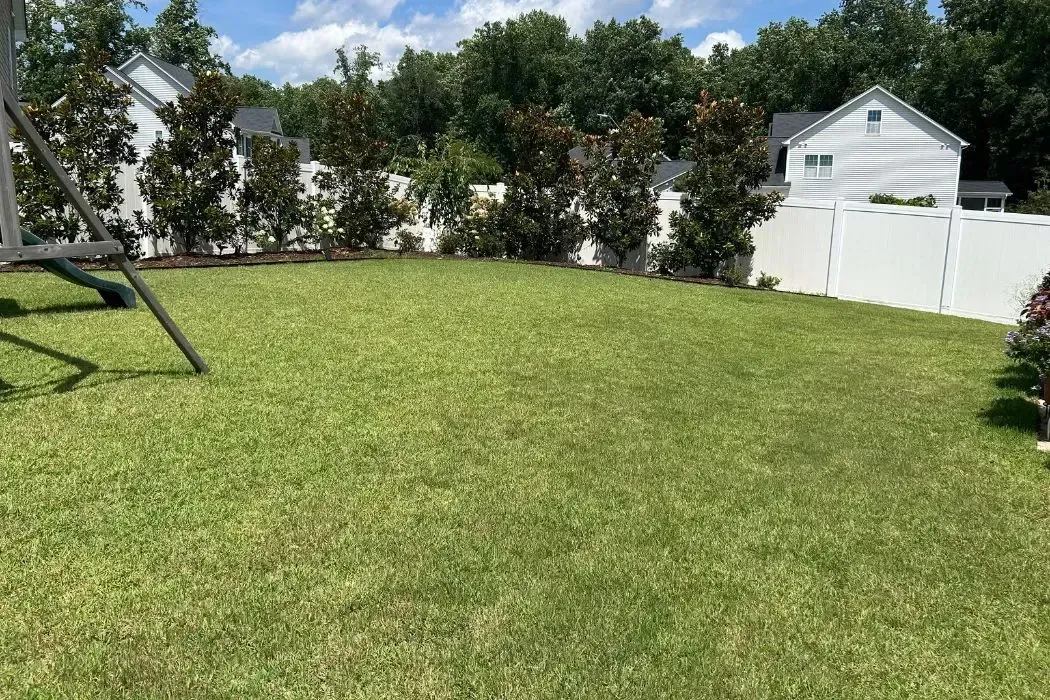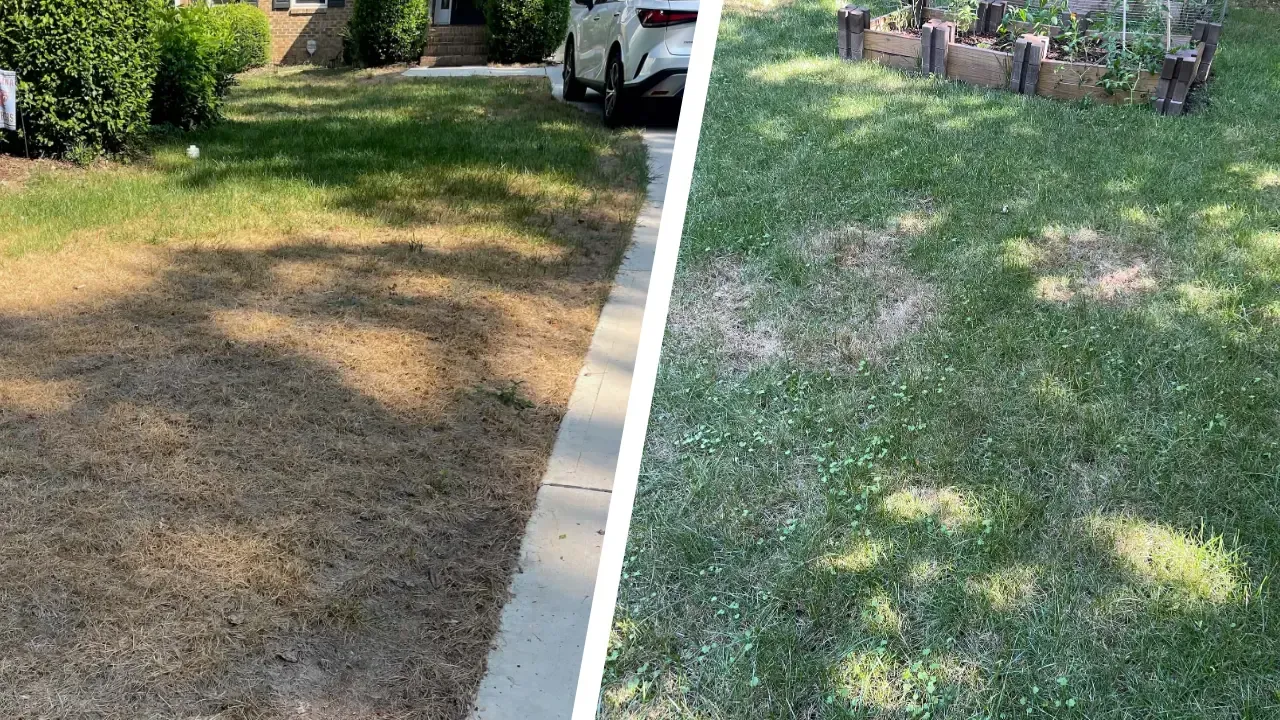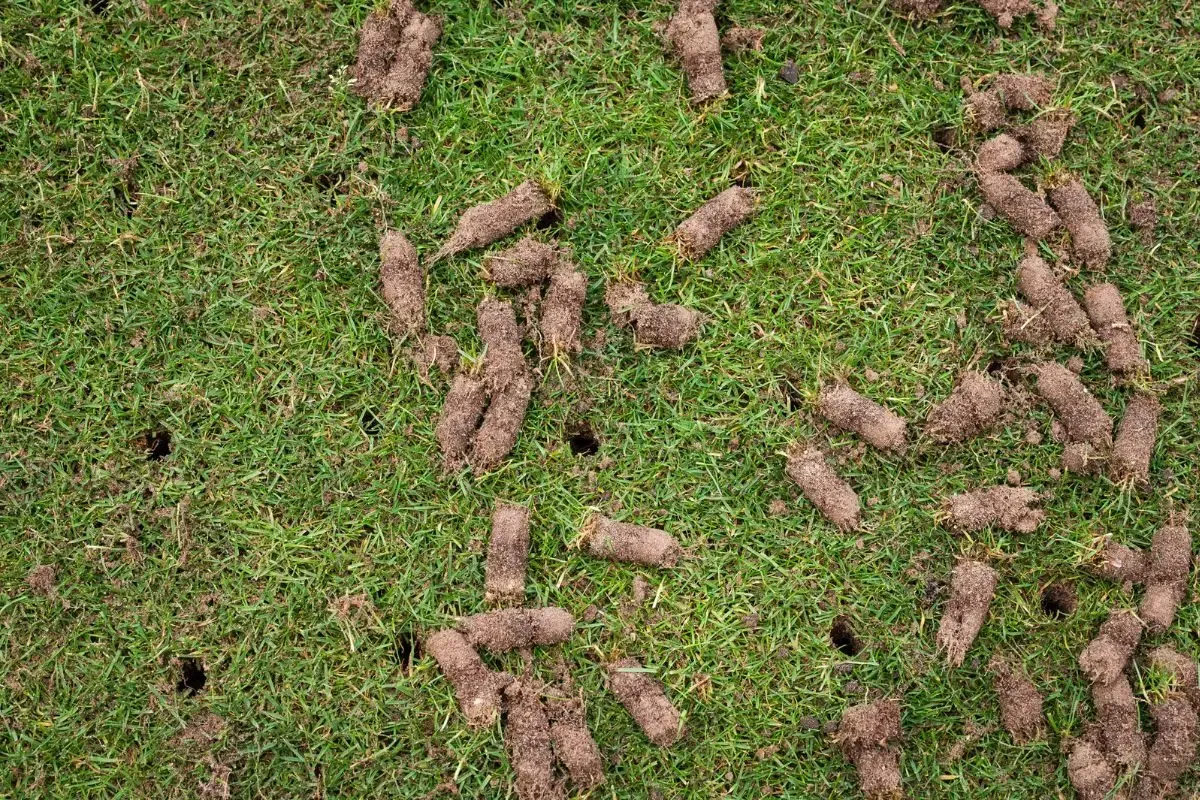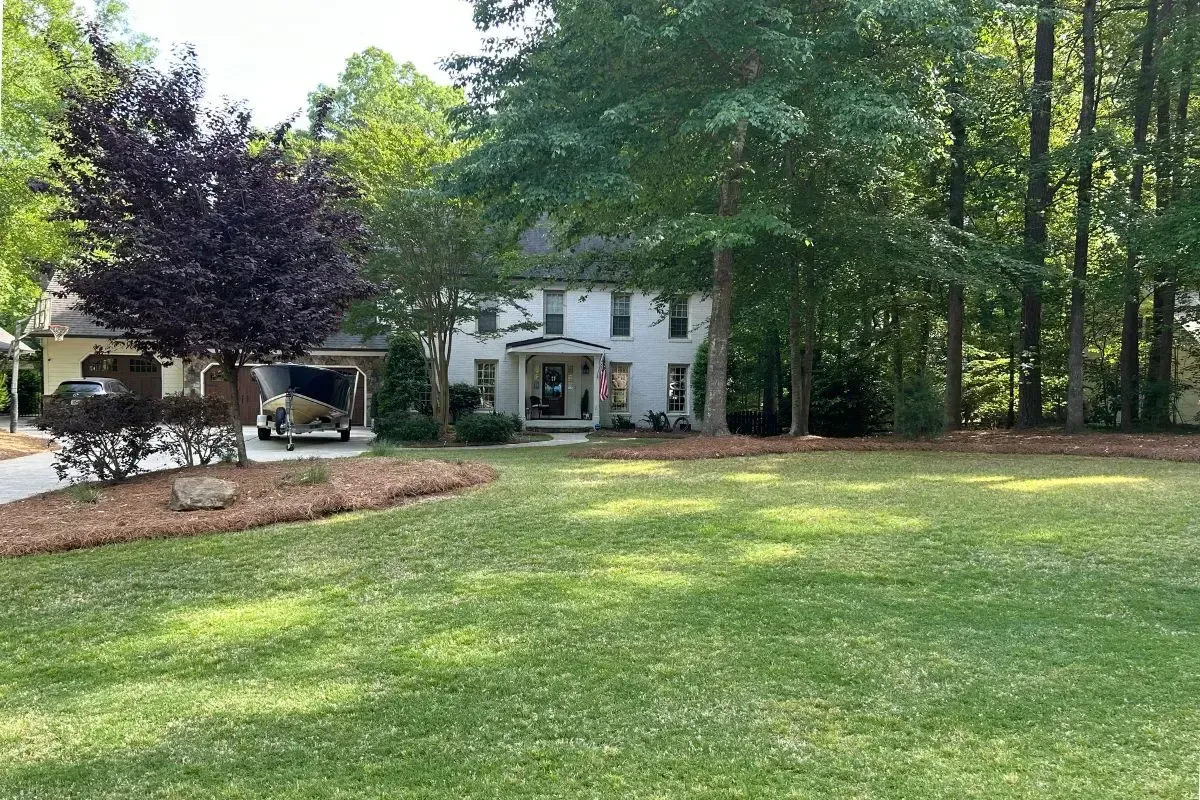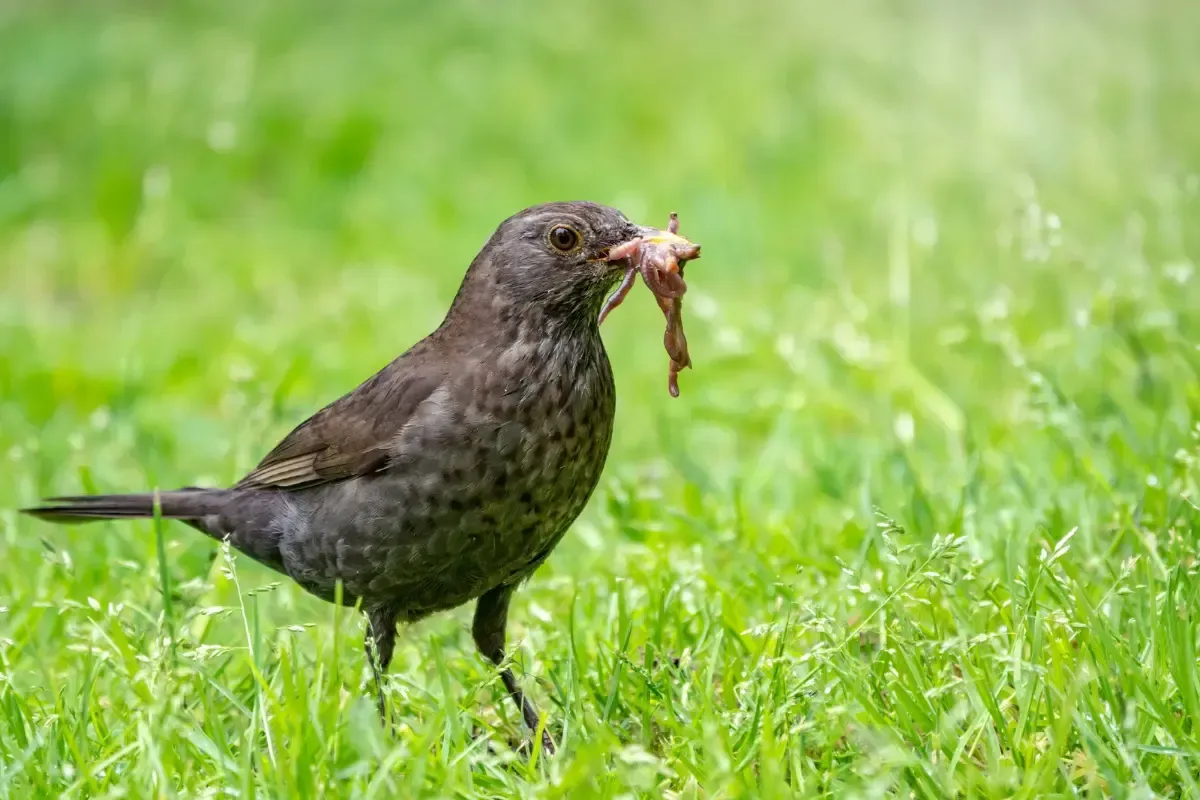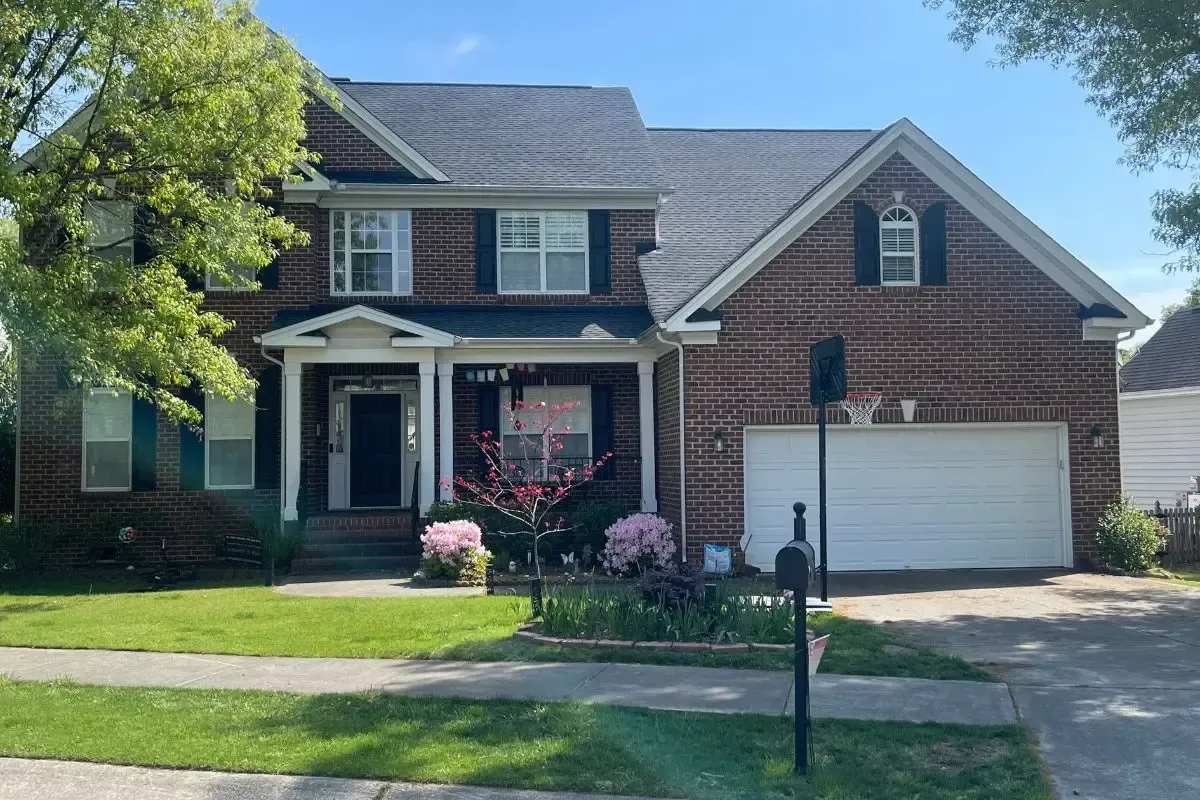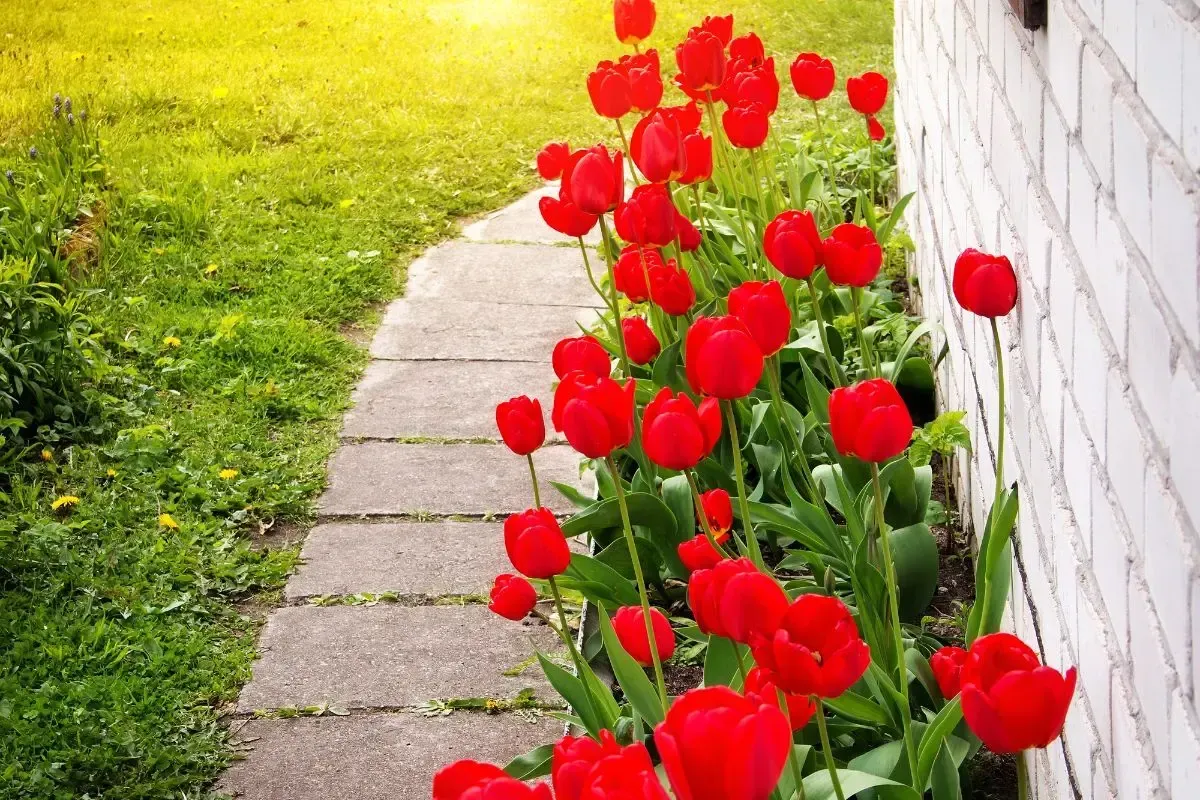How to Get Rid of Crabgrass Naturally
Stop crabgrass before it starts with organic pre-emergents and healthy soil. We explain why grassy weeds like crabgrass don't respond to broadleaf weed control.
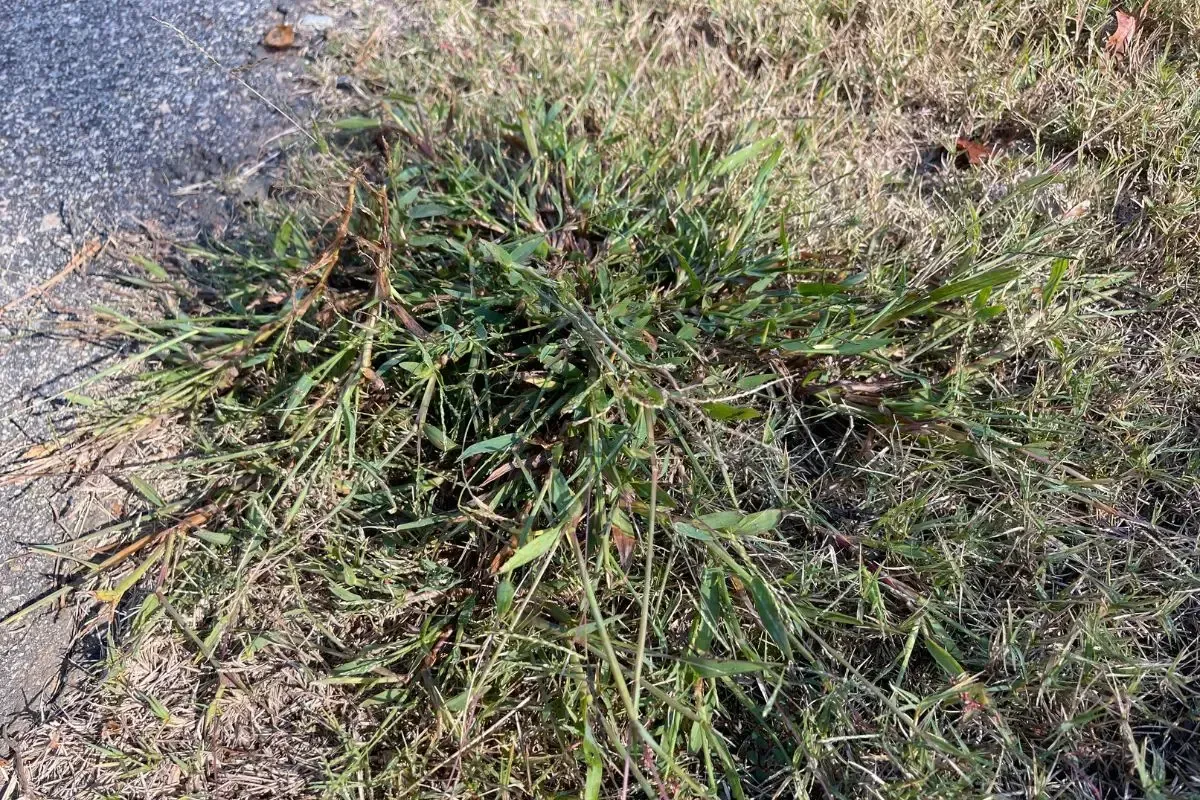
Crabgrass is one of those stubborn weeds that seems to appear overnight, spreading fast and stealing nutrients from your lawn. It doesn’t respond to natural broadleaf weed control because it isn’t a broadleaf plant. It’s a monocot, which means it grows and behaves differently from weeds like clover and dandelion.
Let’s break down how crabgrass fits into the picture, why it’s so persistent, and how to manage it the natural way without chemicals.
Understanding Crabgrass
Crabgrass is an annual summer weed that thrives in thin or bare patches of soil where your turfgrass isn’t dense enough to crowd it out. Its seeds can stay dormant for years, waiting for the right combination of warmth, moisture, and sunlight. Once the soil warms up in late spring, crabgrass begins to germinate. It often goes unnoticed at first, but by mid to late summer, it spreads quickly and becomes one of the most visible and frustrating lawn weeds in the Raleigh area.
The trouble is that crabgrass isn’t like broadleaf weeds, which you can kill with weed control.
Monocots vs. Dicots: Why It Matters for Weed Control
Flowering plants are often grouped into two main types — monocots and dicots — based on how they sprout and how their leaves and roots are structured. Knowing the difference explains why some weeds can be treated naturally while others have to be prevented.
- Monocots (like crabgrass, annual bluegrass or Poa, and nutsedge) produce a single seed leaf and have fibrous root systems. Turfgrasses such as fescue, Bermuda, and zoysia fall into this same group, which means grassy weeds share many of the same traits as your lawn.
- Dicots (like dandelion, clover, chickweed, and violets) start with two seed leaves. Their broad leaves and deep taproots make them easier to identify and easier to target with organic weed control.
Broadleaf weed control works on dicots because of how these plants move nutrients through their tissues. When you apply a treatment, it’s absorbed through the leaf surface and carried through the plant’s vascular system, drying out or disrupting the weed.
Monocots like crabgrass don’t absorb treatments the same way. Their narrow, waxy blades resist liquid, and their shallow, spreading roots make it difficult for anything to reach the plant’s base. The only reliable way to manage them organically is to stop them before they sprout with pre-emergent applications.
Why We Use Pre-Emergent Treatments for Crabgrass
Since post-emergent organic options don’t work on monocots, the best way to control crabgrass is to stop the seeds from sprouting in the first place.
At Carolina Turf, we use corn gluten meal, a natural by-product of corn processing, as an
organic pre-emergent. It works by inhibiting root formation in germinating seeds, meaning if the seed can’t grow roots, it never becomes a plant.
Timing is everything. For best results, we apply corn gluten three times during the off-season between late October and early spring. This steady schedule helps block successive waves of weed seeds from germinating as the soil warms.
It’s important to remember that pre-emergent doesn’t just stop crabgrass seeds, it stops all grass seeds from germinating. That’s why we never apply it during the fall seeding season. Established lawns like tall fescue aren’t affected because they already have mature root systems, but new seed won’t take root through the barrier. Fescue is a bunch-type grass, meaning it doesn’t spread on its own like Bermuda or zoysia. It relies on fall overseeding to stay thick, which is why we time pre-emergent treatments after the lawn has been established.
Why multiple pre-emergent applications matter
Crabgrass seeds don’t all sprout at once. Germination starts when soil temperatures reach about 55°F and continues in waves through late spring. A warm spell in March might trigger some seeds, while others wait until April or May. Applying corn gluten multiple times keeps that protective barrier active through the entire pre-germination window, giving your lawn steady coverage as the weather warms.
Each treatment builds on the last, creating a consistent layer of organic control that helps your lawn start the growing season with fewer invaders.
Strengthen the Soil, Strengthen the Lawn
Even the best pre-emergent can’t do it alone. A strong, healthy lawn naturally resists weeds by leaving little room for them to grow. That’s why we combine our weed control applications with fertilizer throughout the year. Fertilizers feed your soil by supporting beneficial microbes, improving structure, and helping roots grow deep and strong.
When your soil biology is healthy, your grass becomes thicker, shades the soil, and reduces the number of open spots where crabgrass seeds could take hold.
If you notice a few crabgrass plants pop up midseason, you can pull them by hand before they go to seed. Hand-pulling works best when the soil is slightly moist and the plants are young, before their roots toughen and spread. Tools that make the job easier include a hand weeder or dandelion fork, stand-up weed puller, and a Hori-Hori knife.
Loosening the soil first helps the roots slide out intact. After pulling, fill the bare spot with a little compost or topsoil and let your turf grow back over it. The real key, though, is building healthy, dense turf so there’s less crabgrass to pull in the first place.
Spotting the Difference: Crabgrass vs. Your Turf
Crabgrass can be tricky to spot early on, but there are a few telltale signs once you know what to look for.
- Texture and color: Crabgrass blades are coarser, wider, and often lighter in color than fescue or Bermuda.
- Growth habit: It spreads outward like a starfish, forming low, sprawling mats that hug the ground.
- Seed heads: Later in the season, you’ll notice tall stems with finger-like seed heads, each one loaded with hundreds of new seeds ready to drop.
By contrast, your turfgrass blades grow more upright and uniform, creating a dense, even texture.
If you can spot crabgrass before it goes to seed, pulling it out or mowing regularly can keep it from spreading further. But once those seed heads mature, they drop thousands of seeds that wait in the soil until the next warm season. That’s why winter and early-spring pre-emergent treatments make such a difference.
Why Winter Treatments Matter
Our organic weed control program follows the natural rhythm of how weeds and turfgrass grow through the seasons. By applying treatments at the right times of year, we build soil health and stay one step ahead of germination cycles.
It starts in late October, when we apply the first round of corn gluten pre-emergent to create a protective barrier before winter weeds sprout. A second application, usually in January or February, reinforces that layer and helps block early-germinating crabgrass and cool-season weeds.
As soil temperatures rise in early spring (March through April), we make the final pre-emergent application to stop warm-season weeds like crabgrass before they emerge.
When the weather warms, we shift from prevention to maintenance. Broadleaf weeds are spot-treated as they appear, and the focus turns to feeding the soil so your grass stays thick and healthy through summer. Keeping that cycle going year after year is what builds real, lasting weed resistance.
A Healthier Way to Manage Weeds than Quinclorac
Natural weed control takes patience and consistency, but the payoff is worth it. When your lawn is managed organically, you’re not only protecting your family, pets, and pollinators, you’re also improving your soil with every season.
The most common recommendation for treating crabgrass in the traditional weed control industry circles is Quinclorac. According to the product’s own safety data sheet, “prolonged overexposure may cause effects to liver and kidneys.”
If you’re tired of fighting crabgrass the hard way and would like to keep your liver and kidneys intact, let us help you do it the right way. Our organic pre-emergent and fertilization program keeps your yard strong through every season, so you can enjoy thick, healthy turf without the chemicals.
Ready to protect your lawn before crabgrass season hits? Start your
weed control & fertilization service today.
